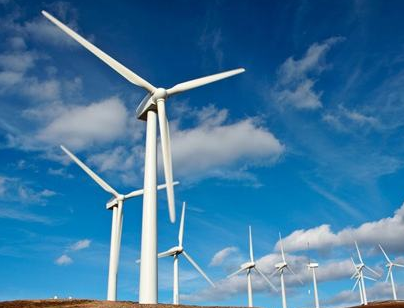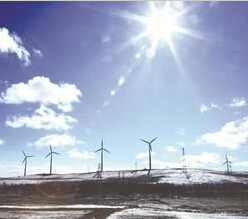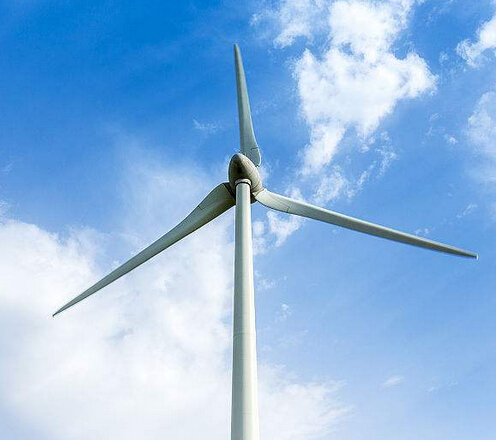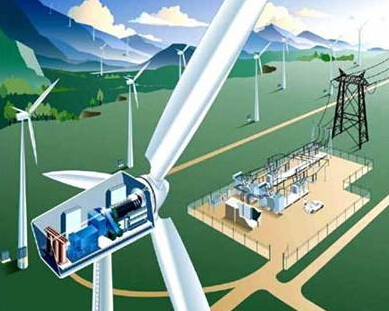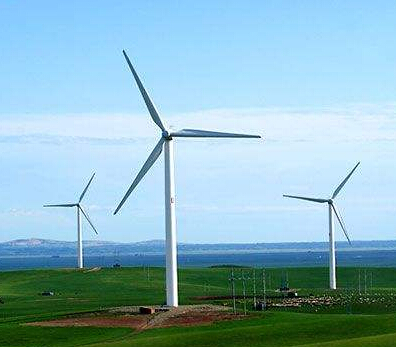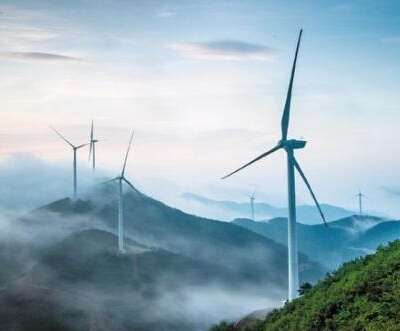In 2017, it is a very prosperous year for the wind power industry in China that has entered the eve of its existence. Wind power curtailment significantly improved, abandonment of wind power and wind curtailment rate to achieve "double down"; wind power direct transactions steadily promote the phenomenon of low-cost transactions appear; innovation has become the main theme of digital technology everywhere; far-reaching significance of reform initiatives thriving, Decentralized and offshore wind power development into the fast lane ... ... Wind power industry with a more flowering transcripts for 2017 draw a perfect conclusion.
Faced with the future, the wind power industry has a long way to go in terms of "becoming bigger and stronger" and needs to leverage the top-level design to come up with a clear road map for medium- and long-term development. In 2017, the country issued a total of 31 favorable policies for wind power, providing strong support and protection for the leap-forward development of the wind power industry. From January 1, 2018 onwards, the newly approved wind power project will implement the new feed-in tariff after reduction and wind power will enter a new round of cost-cutting cycle. Inspired by the tariff adjustment policy, it is estimated that another peak of wind power construction will be ushered in by 2018.
Policy force to abandon wind power, wind rate to achieve "double down"In 2017, the wind power in China continued its steady growth and the quality of its development significantly improved. According to the data disclosed by the National Energy Administration, in 2017, China newly increased the installed capacity of grid-connected wind power plants to 15.03 million kilowatts, with a cumulative installed grid installed capacity of 164 million kilowatts, accounting for 9.2% of total installed generating capacity. Wind power generating capacity of 305.7 billion kwh,
Accounting for 4.8% of the total generating capacity, an increase of 0.7% over 2016.
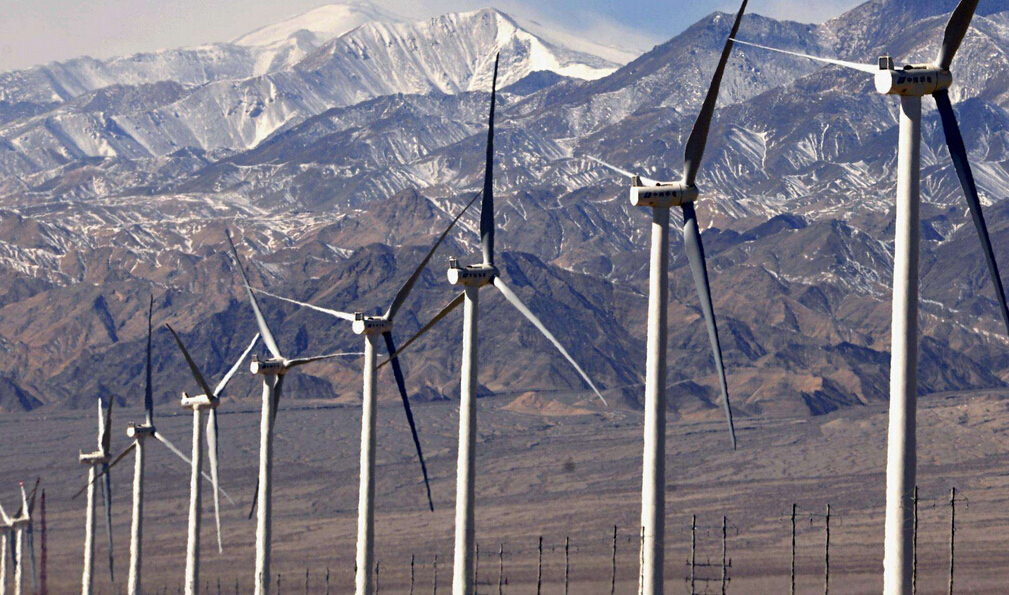
In addition to the total wind power installed capacity continues to lead the world, the wind power and wind curtailment rate "double down" is more on the 2017 wind power report card. Data show that in 2017, the total wind power generation capacity of wind power in the country decreased by 7.8 billion kilowatt-hours over the same period of last year, and the rate of abandoning winds was 12%, a decrease of 5.2 percentage points from the same period of last year. The average utilization hours of wind power in the country were 1948 hours, an increase of 203 hours over the same period of previous year.
All along, the curtailment of wind power constraints are the biggest fetters of the healthy development of China's wind power industry. Reviewing the first quarter of 2016, the average curtailment rate of our country reached a historic high of 26%. Since then, the average curtailment rate for the first three quarters of 2016 was 21%, 19% and 17% respectively; in 2017 In the first quarter, the average curtailment rate in the first half of the year was about 16% and 14% respectively, and the curtailment of curtailment was gradually eased.
It is found that in the 31 wind power-related policies in 2017, there are as many as 13 wind farms. From subsidies to solve the green power certificate policy to solve the "reconstruction of light" decentralized power generation direct trading policy; from the solution to the problem of peaking power plant thermal transformation of the policy, and then to solve the winter abandoned in northern wind abandoned Light serious renewable energy clean heating policy, take measures to take measures simultaneously, most of the areas where the wind curtailment severely restricted situation has improved. Among them, the abandonment rate of winds in Gansu dropped more than 10 percentage points. In Jilin, Xinjiang, Ningxia, Inner Mongolia and Liaoning, the abandonment rate decreased more than 5 percentage points while that in Heilongjiang dropped nearly 5 percentage points.
According to the analysis of the insiders, some provinces in the red warning zone in 2018 may be gradually lifted and the installed capacity of traditional wind power is also expected to release the demand increase. However, in the short term, the issue of wind power access system and adoption is still the top priority. In addition to the efforts of government departments and power companies to solve this problem, the investment enterprises can also do some work on energy storage, micro-grid, multi-energy complementation and decentralized wind power projects. While solving the pain points of abandoning wind, they can also seek for enterprises to crack In the survival of opportunities.
It is foreseeable that with the further promotion of China's wind power consumption and consumption policies, especially the spot trading of electricity, the development of inter-provincial and cross-border trade, the wind-driven wind-removal winds in the Three North Region will be further improved. With the southward shift of wind power construction in our country, the phenomenon of abandoning wind will show a southward trend. The future, Henan, Shandong, Hunan and other places give wind phenomenon may be further escalated.
















 RCCN WeChat QrCode
RCCN WeChat QrCode Mobile WebSite
Mobile WebSite